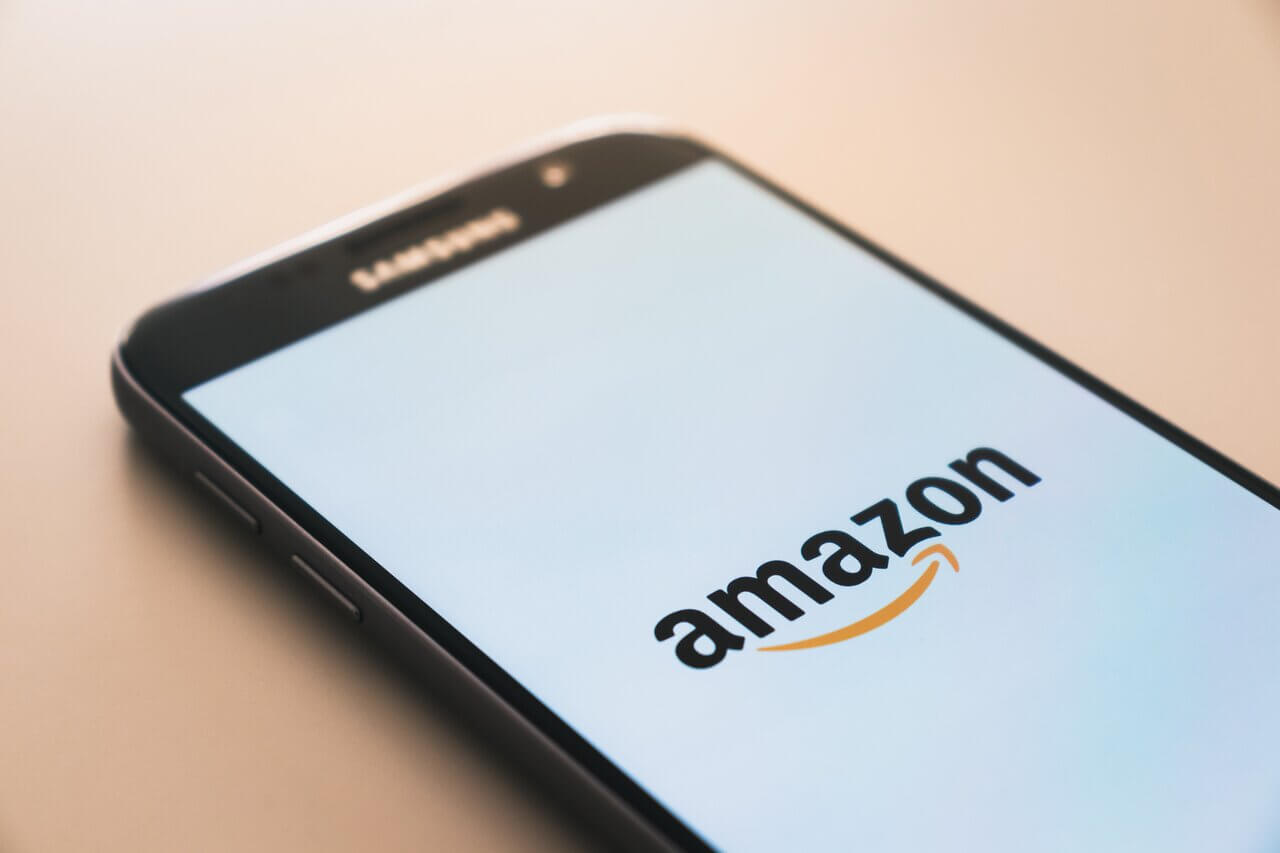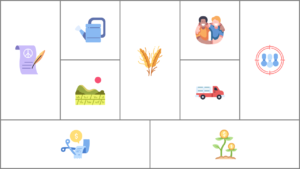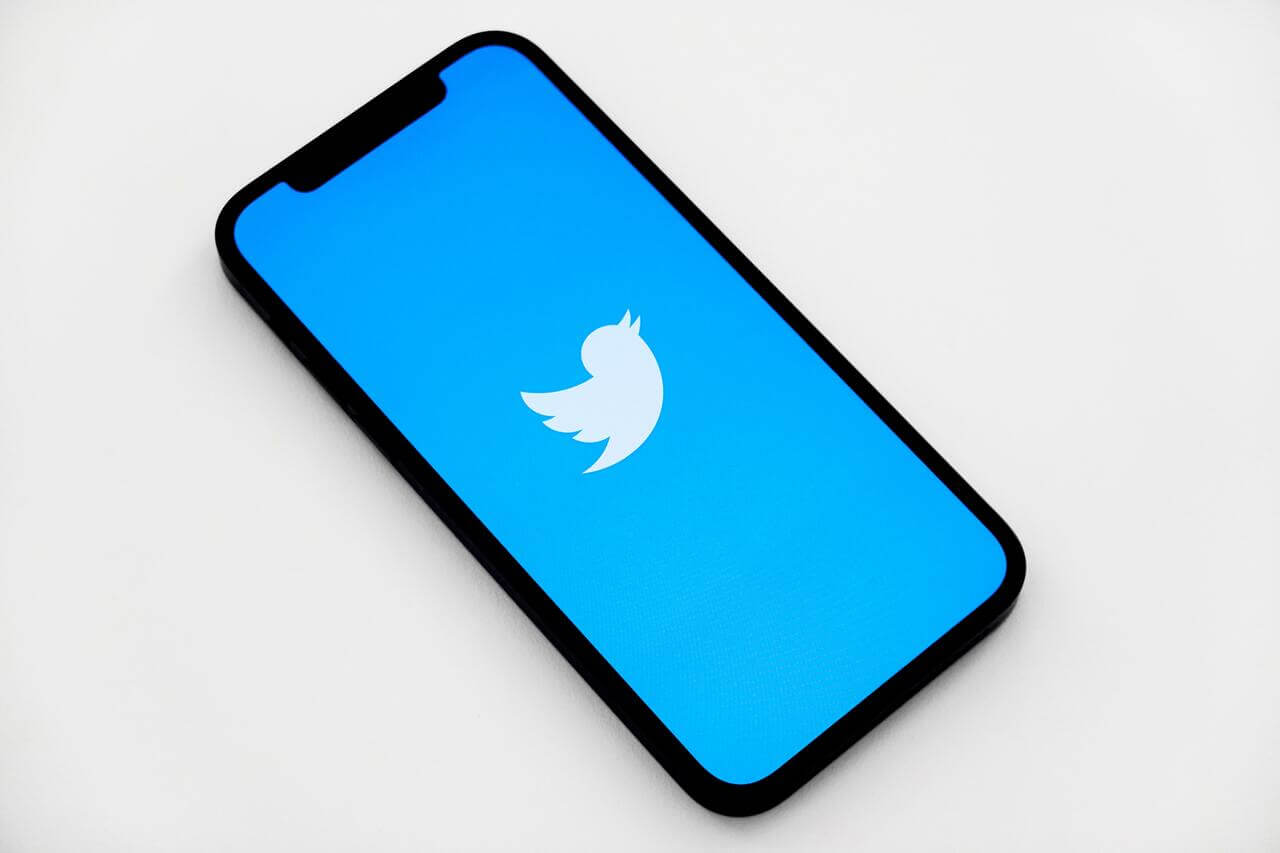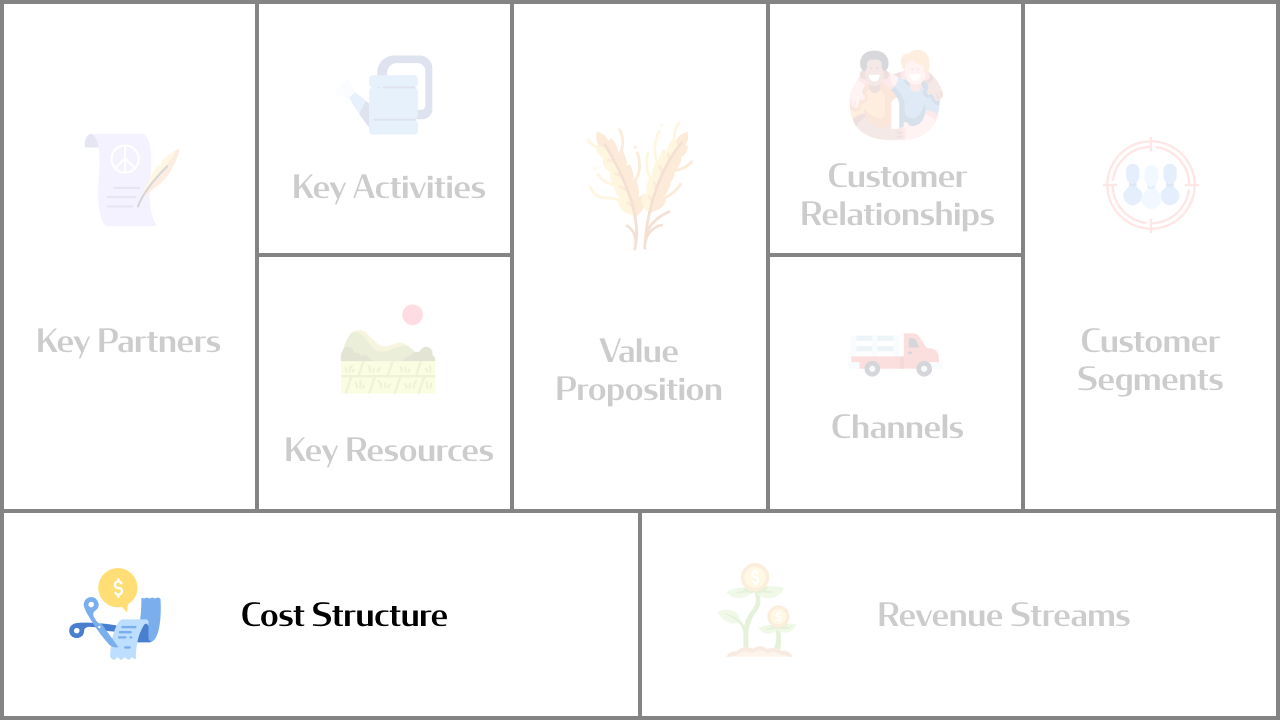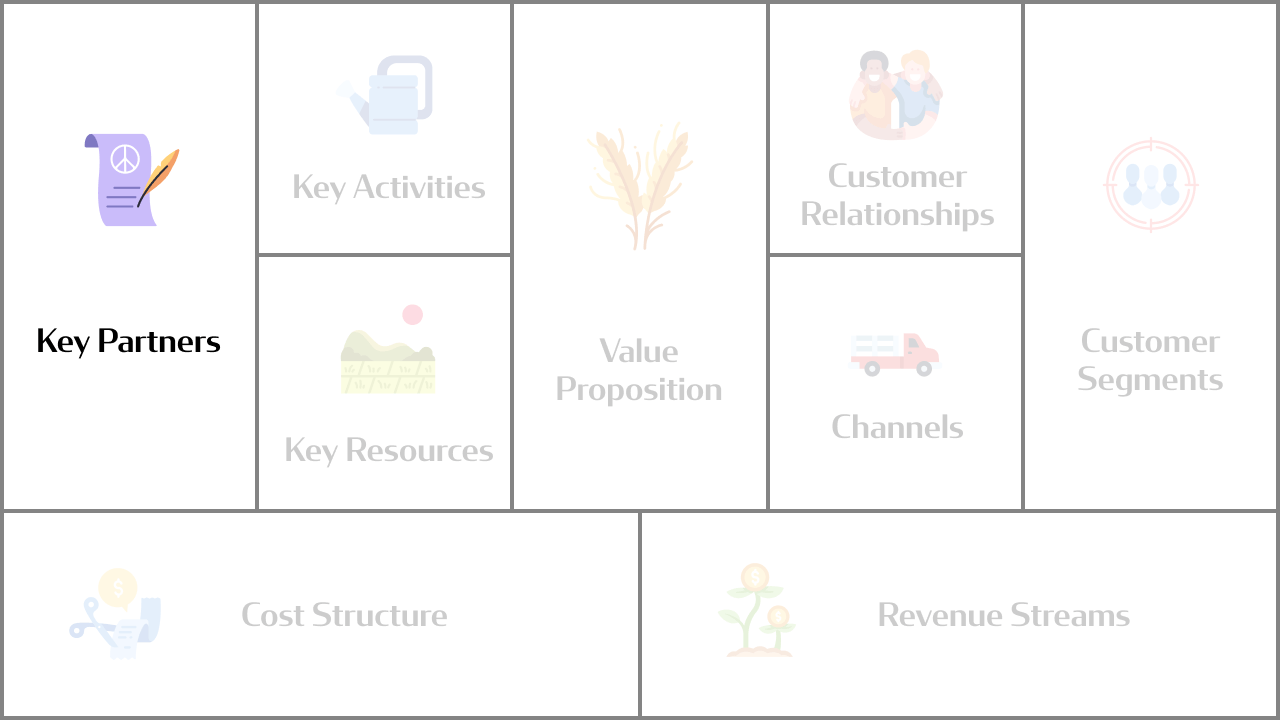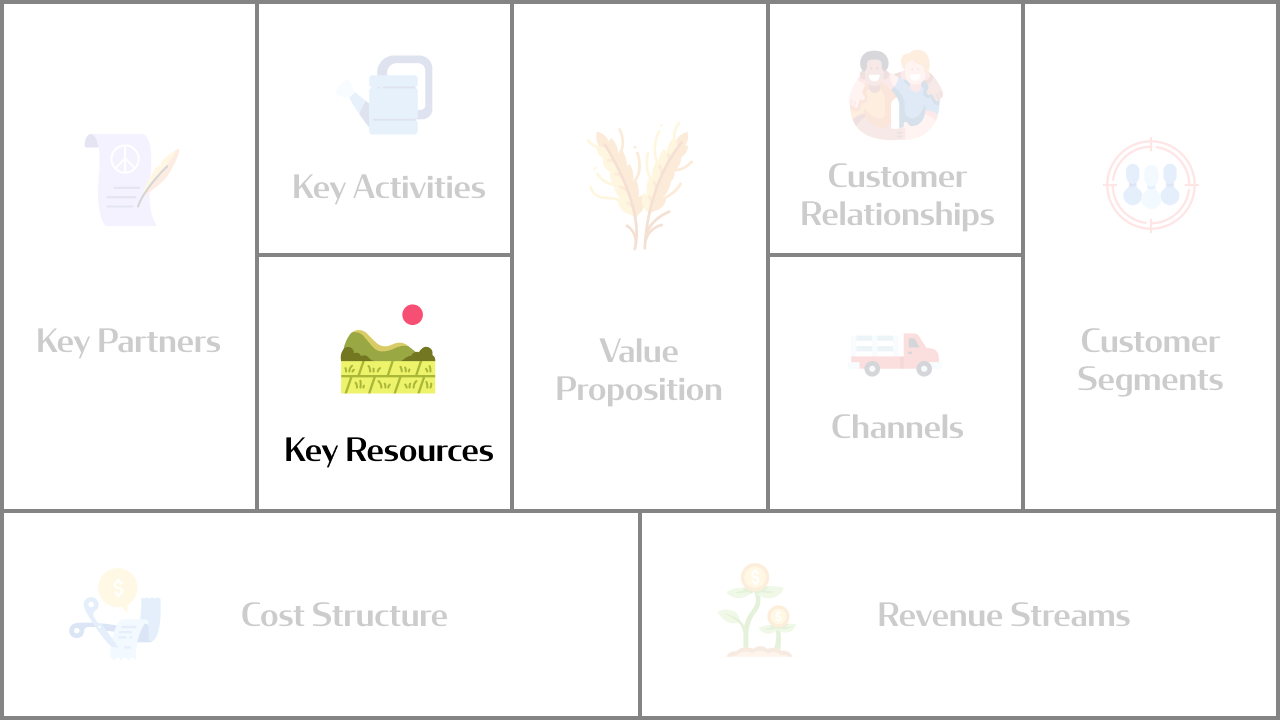In this article, we will take a brief look at the channels segment of the business canvas model. No business can survive without communication and distribution channels. Channels are the ways that customers can communicate with a business. This includes all the different platforms that a company uses to sell its products. Every step in the sales process and marketing campaigns are part of the channels.
Understanding and knowing how to reach your customers is crucial to delivering your value proposition.

Why are Channels Important?
Your distribution, communication, and sales channels make up your company’s interface with customers. Your channels also serve as customer touchpoints that feed into the customer’s experience.
Below we’ve listed some of the functions of a standard channel in a business;
- Channels are a medium through which your business can raise awareness to your chosen customer segments about the products and services you provide.
- Channels provide customers with an opportunity to evaluate and study your company’s value proposition.
- It gives customers a platform to buy their chosen products or services.
- Delivers the value proposition to the customer.
- Provides the customer with post-purchase customer support.
Types of Channels
Broadly speaking, there are only two types of channels; owned channels and partner channels. Let’s talk about them a bit more in detail.
- Owned channel
An owned or direct channel involves everything in-house. This might be your sales force that goes directly after your customer segment to bring them in. A website is another example of a direct channel that can be under your company’s control.
Using an owned channel will have a direct relationship with the customer and are likely to have higher profit margins. You may also have a physical store that sells your products; however, the customer must make the decision to go to the store, and then you can sell to them, so it will be more indirect selling.
One downside to this type of channel is the investment required to create and sustain the infrastructure needed to deliver your product to the market.
- Partner Channels
These types of channels are indirect. In this case, your company is not selling to the customer directly but through a third party. So, for example, you can place your product available at a partner store. Nike, for example, started off as an indirect distribution channel for a Japanese manufacturer called Onitsuka Co. back in 1962.
Nike became the official American distributor of Onitsuka Co.’s tiger shoe, the first shoe Nike sold in the U.S. Wholesalers are also partner channels. This is advantageous if you’re starting out because there will be a lesser investment required in infrastructure.
Let’s look at another example; Apple is a global super company with a network of stores and premium resellers. However, they also sell their products via third-party websites, mobile networks, and retail chains. So for Apple, there are different distribution channels in use simultaneously with varying profitability.
Before the internet became a thing, companies were severely limited in their channel choice. Only one channel was used in most cases, the direct channel where the customer would contact salespeople and physical distribution occurred.
Thankfully the rise of the internet has given modern businesses choices regarding the types of channels they can use to deliver their value proposition to their customer segment. A great example that illustrates this change is IKEA. When IKEA started in 1943, its customers were primarily poor rural farmers.
The only way to distribute and market their products was to use the available channels. So the local newspapers and mail-order service was what IKEA used to get their message across. They also relied on local milk truck drivers to deliver their products to a nearby train station. As the internet became mainstream, IKEA launched a website and a mobile app, which, along with their stores, have become their primary distribution channels.
Examples of Channels You can Use to Get to Customers:
We’ve listed a few real-life examples of channels you can use for your business.
- Email marketing
- Social media
- Blogs
- Social media advertising
- Networking
- SEM (Search Engine Marketing)
- SEO (Search Engine Optimisation)
- Content marketing
- Sales and promotions for commissions
- Affiliates
- Trade shows
- Offline advertising (billboards, TV, radio)
- PR
How to Create a Good Channel Segment
You’ll need to ask several questions to create a workable channel for your business. The following are some questions you can think about.
- Where are your customers located?
- Do they have access to online platforms like email and social media?
- How will you inform your customer segment about what you are selling?
- Do they listen to the radio or watch TV?
- What is their mode of transportation?
- Will your channels give your business sufficient visibility and insight into who your customer is?
- How are you integrating your channels with customer routines?
- How are your Channels integrated? Which ones work best?
- Which ones are the most cost-effective?
You must understand that the channels and the customer relationships segments are directly linked. Most businesses implement one medium to attract customers and another strategy to retain them.
Experts advise keeping a separate list of channels for different customer segments if you target more than one. The next thing you need to know is that all channels pass through phases. A channel can cover more than one of these phases at a time. The stages are as follows;
- Awareness
How do you educate customers about the characteristics of the products and services you have? This is the advertising and marketing phase.
- Evaluation
How can you aid customers in evaluating our Value Proposition? This is the promotion phase and allows your customer to consider, read about or use your product and form an opinion. This way, your value proposition is more evident to them.
- Purchase
Think about how you can help customers buy their preferred product or service? This is a sales process.
- Delivery
Figure out how you will deliver the promised value proposition to the customer. We call this phase the fulfillment stage, and it defines how the product will reach the customer.
- After-Sales
Think about how you can provide after-sales customer care and support. In this phase, your channel advocates for your products and services within your target segment. You must also provide your customers with someone to call when they have a problem or question about the product.
Keep in mind that the more expensive the product or service, the more likely your customers will expect after-sales support.



